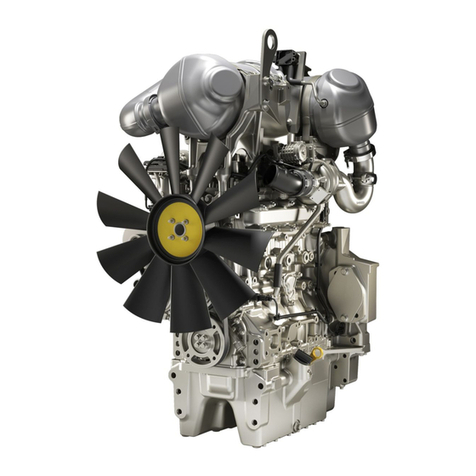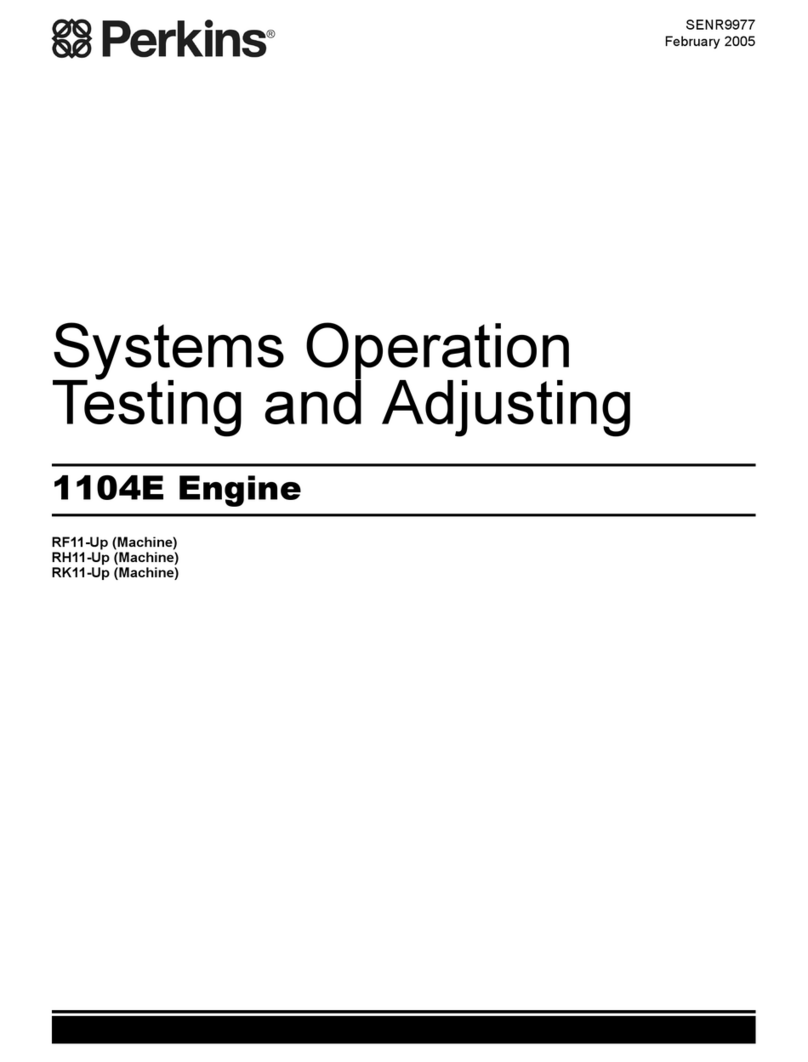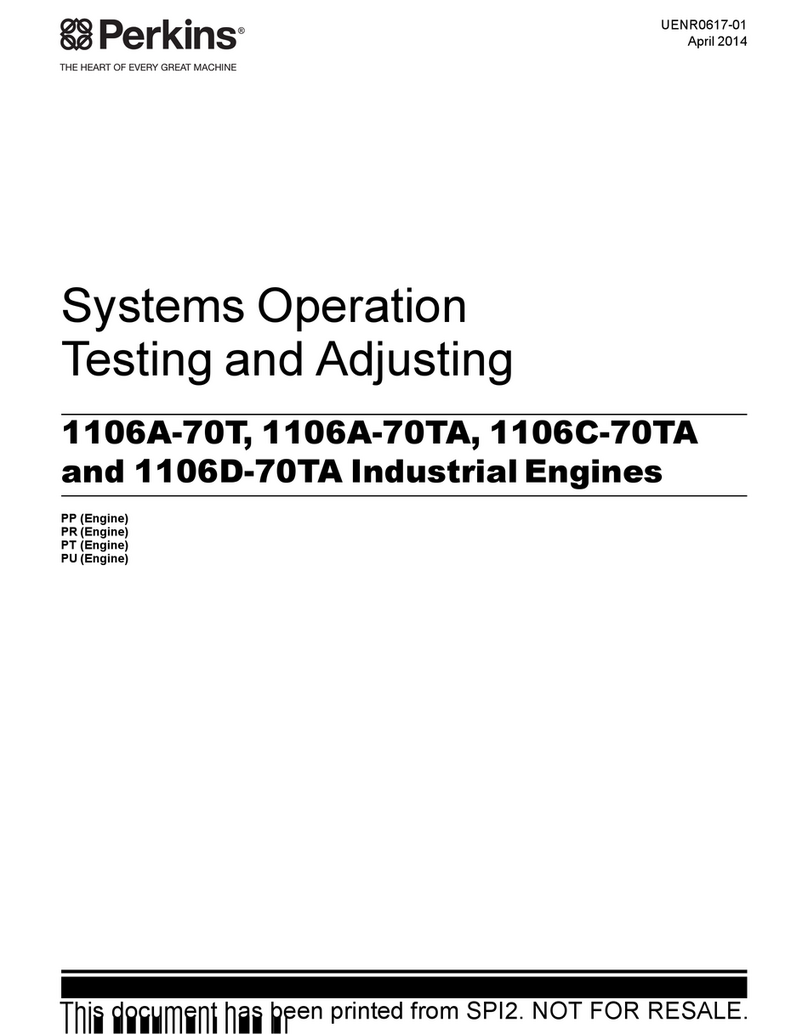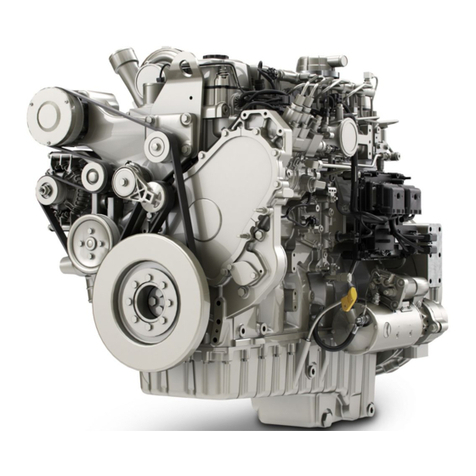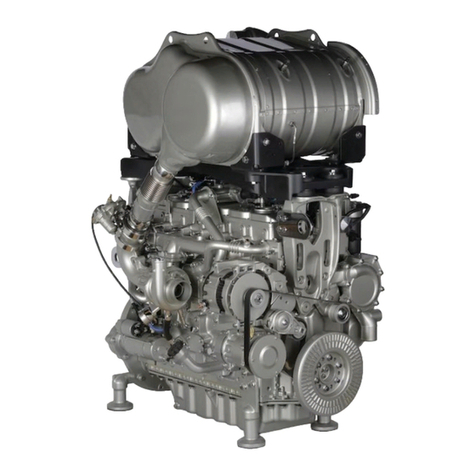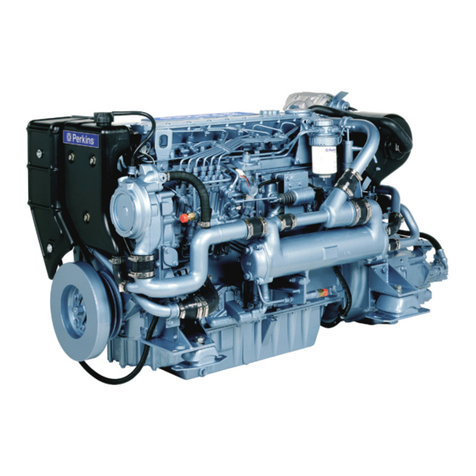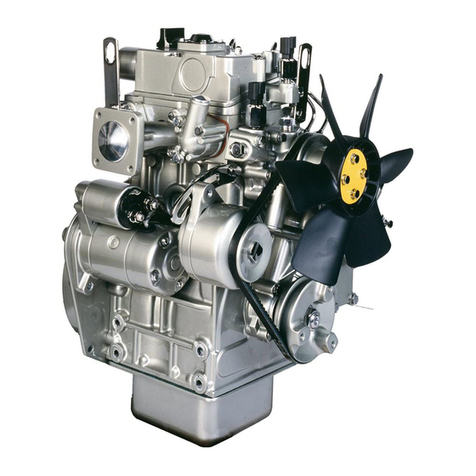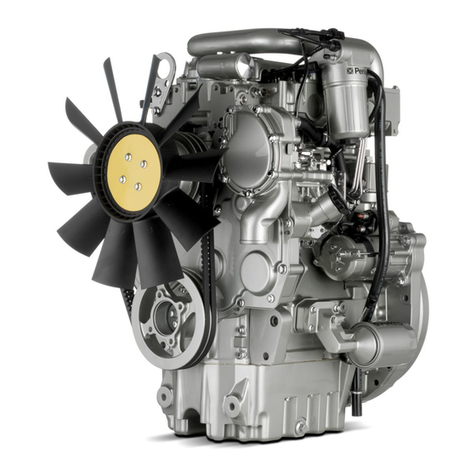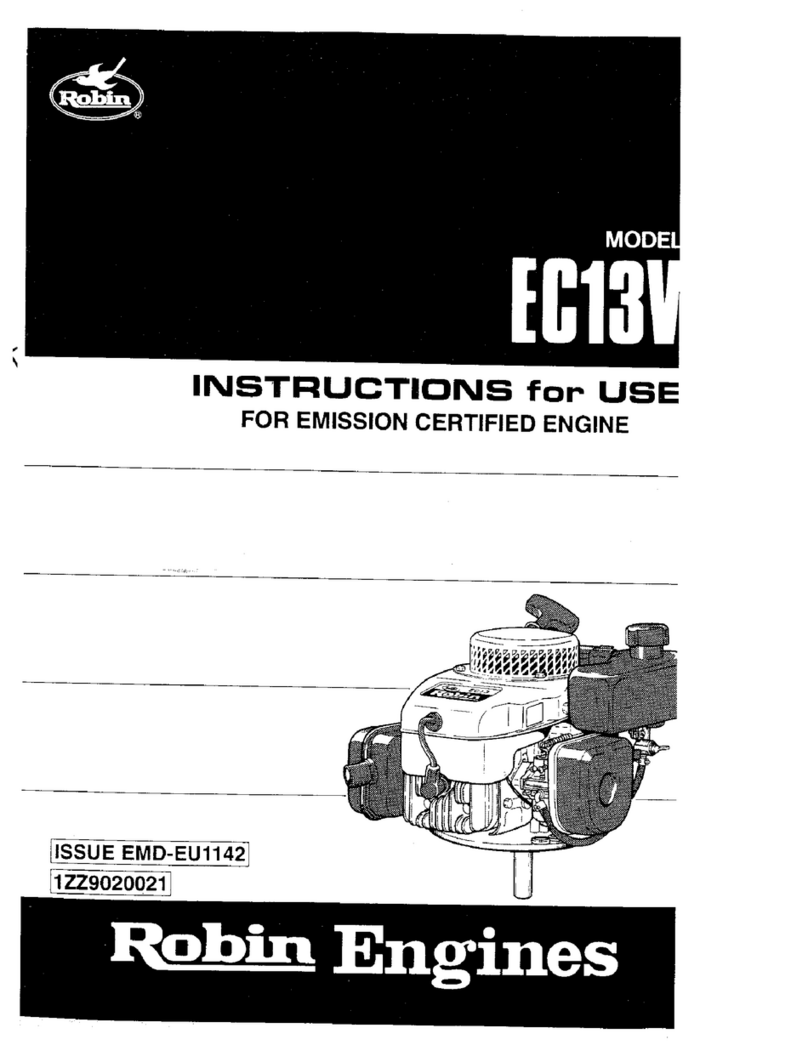
viii Workshop Manual, TPD 1345E, issue 3
900 Series
Canister type lubricating oil cooler
Operation 10-3 To remove and to fit .. ... ... ... ... ... ... ... ... ... ... ... ... ... ... ... ... ... ... .. 143
Sump
Operation 10-4 To remove . ... ... ... ... ... ... ... ... ... ... ... ... ... ... ... ... ... ... ... ... ... ... .. 144
Operation 10-5 To fit .. ... ... ... ... ... ... ... ... ... ... ... ... ... ... ... ... ... ... ... ... ... ... ... ... .. 145
Operation 10-6 To remove a sump retained by clamps . ... ... ... ... ... ... ... ... ... ... ... .. 148
Operation 10-7 To fit a sump retained by clamps .. ... ... ... ... ... ... ... ... ... ... ... ... ... .. 150
Oil strainer and suction pipe assembly
Operation 10-8 To remove and to fit .. ... ... ... ... ... ... ... ... ... ... ... ... ... ... ... ... ... ... .. 154
Operation 10-9 To inspect and to correct .. ... ... ... ... ... ... ... ... ... ... ... ... ... ... ... ... .. 155
Lubricating oil pump
Operation 10-10 To remove ... ... ... ... ... ... ... ... ... ... ... ... ... ... ... ... ... ... ... ... ... ... .. 156
Operation 10-11 To fit ... ... ... ... ... ... ... ... ... ... ... ... ... ... ... ... ... ... ... ... ... ... ... ... .. 157
Operation 10-12 To inspect ... ... ... ... ... ... ... ... ... ... ... ... ... ... ... ... ... ... ... ... ... ... .. 159
Relief valve . ... ... ... ... ... ... ... ... ... ... ... ... ... ... ... ... ... ... ... ... ... ... ... ... ... ... ... ... .. 160
Operation 10-13 To dismantle and to assemble ... ... ... ... ... ... ... ... ... ... ... ... ... ... .. 160
Operation 10-14 To inspect ... ... ... ... ... ... ... ... ... ... ... ... ... ... ... ... ... ... ... ... ... ... .. 161
11 Fuel system
General description ... ... ... ... ... ... ... ... ... ... ... ... ... ... ... ... ... ... ... ... ... ... ... ... ... .. 163
Fuel filter
Operation 11-1 Fuel filter types .. ... ... ... ... ... ... ... ... ... ... ... ... ... ... ... ... ... ... ... ... .. 166
Operation 11-2 To renew the element type filter ... ... ... ... ... ... ... ... ... ... ... ... ... ... .. 167
Operation 11-3 To renew the quick release type filter ... ... ... ... ... ... ... ... ... ... ... ... .. 168
Atomisers
Operation 11-4 Atomiser faults .. ... ... ... ... ... ... ... ... ... ... ... ... ... ... ... ... ... ... ... ... .. 169
Operation 11-5 To remove atomisers retained by a clamp ... ... ... ... ... ... ... ... ... ... .. 170
Operation 11-6 To fit atomisers retained by a clamp . ... ... ... ... ... ... ... ... ... ... ... ... .. 171
Operation 11-7 To remove atomisers retained by a gland nut ... ... ... ... ... ... ... ... ... .. 172
Operation 11-8 To fit atomisers retained by a gland nut ... ... ... ... ... ... ... ... ... ... ... .. 173
Fuel lift pump
Operation 11-9 To remove and to fit .. ... ... ... ... ... ... ... ... ... ... ... ... ... ... ... ... ... ... .. 174
Operation 11-10 To dismantle ... ... ... ... ... ... ... ... ... ... ... ... ... ... ... ... ... ... ... ... ... .. 175
Operation 11-11 To assemble ... ... ... ... ... ... ... ... ... ... ... ... ... ... ... ... ... ... ... ... ... .. 176
Operation 11-12 To test . ... ... ... ... ... ... ... ... ... ... ... ... ... ... ... ... ... ... ... ... ... ... ... .. 177
Delphi fuel injection pumps
Operation 11-13 General description . ... ... ... ... ... ... ... ... ... ... ... ... ... ... ... ... ... ... .. 178
This document has been printed from SPI². Not for Resale

